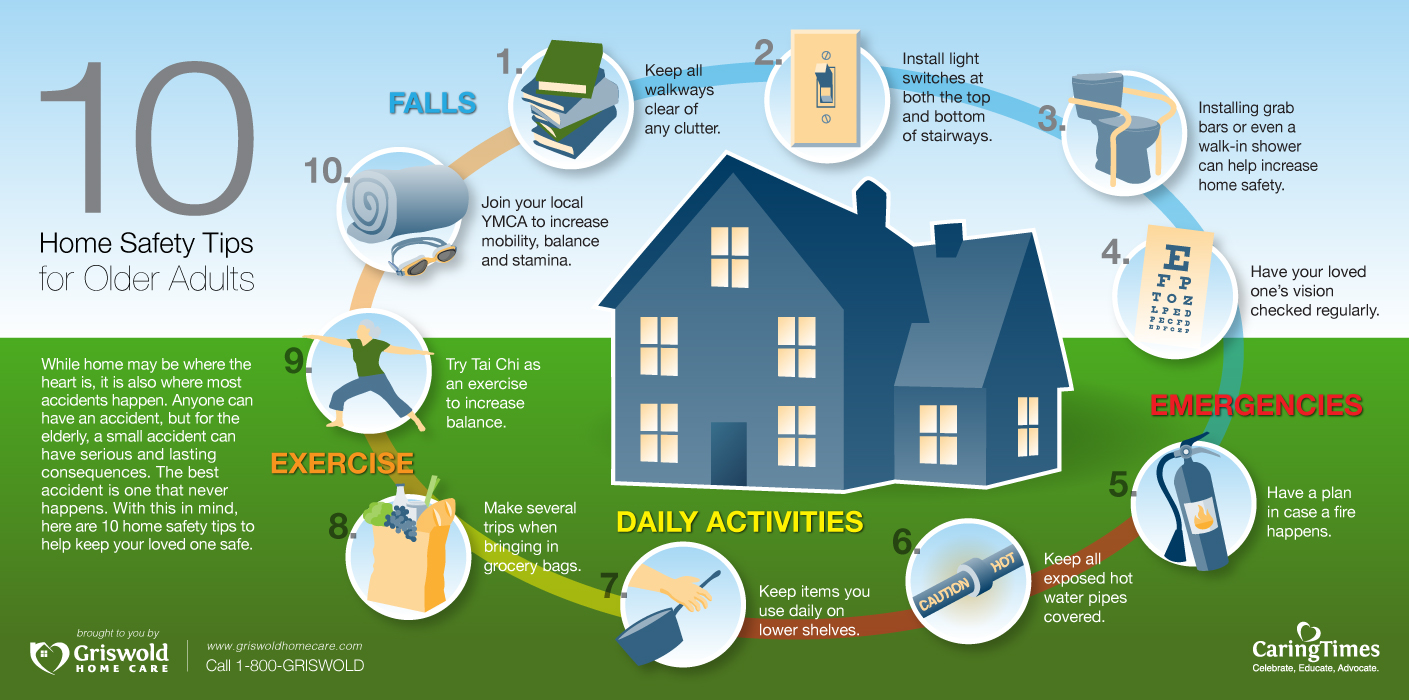You may not understand it, but your roof is silently antagonizing the elements daily, and hidden concerns can bring about substantial issues if you don't capture them early. By performing regular assessments and knowing what signs to seek, you can shield your home from costly repair services. Watch out for missing roof shingles and those refined dark spots on your ceiling that could suggest leakages. However that's just the beginning; understanding when to act and when to employ a specialist can make all the difference. What should you be seeking?
Common Indications of Roofing System Damage
When you examine your roof, look very closely for typical signs of damages that can bring about larger concerns in the future.
Beginning by looking for missing out on or split tiles; these can enable water to seep in and create leakages. Take note of granule loss, which can indicate that shingles are maturing and losing their protective layer.
Next, check out the blinking around smokeshafts and vents. If you detect corrosion or gaps, water can easily enter your home.
Seek drooping locations on the roofing, as this could signify architectural damage or the accumulation of moisture.
Do not forget to look for moss or algae growth; while they could appear harmless, they can trap moisture and accelerate deterioration.
Check the seamless gutters for particles and indicators of water overflow, as this can show a clog or inappropriate drain.
Lastly, watch on your ceilings and walls for water spots or peeling paint, as these could be ideas that your roofing system is leaking.
Dealing with these indications immediately can assist you prevent extra substantial repair work and expand the lifespan of your roof covering.
Inspecting Your Roofing Regularly
Regular roof evaluations are vital for maintaining the stability of your home. By keeping a close eye on your roof covering, you can catch issues early, saving on your own time and money in the future. Goal to evaluate your roofing a minimum of twice a year-- when in the springtime and once in the loss. get redirected here resolve any damages caused by winter climate and prepare for the upcoming periods.
When evaluating, start from the ground. Usage binoculars to look for missing tiles, fractured tiles, or any kind of indications of wear. Seek sagging locations or dark places, which could suggest leakages. Do not neglect to check the seamless gutters, as stopped up or broken gutters can cause water accumulation and roof damage.
If you fit, go up to the roofing to get a more detailed look. Take note of blinking around smokeshafts and vents, as these areas are prone to leakages. Be cautious and guarantee you have a risk-free way to access your roofing system.
Routine maintenance, like cleaning up debris and moss, will certainly also assist extend your roof covering's life expectancy. Staying aggressive about evaluations can assist you identify concealed concerns prior to they escalate.
When to Call a Specialist
Typically, house owners wait to call an expert for roofing system concerns, thinking they can manage repairs themselves. Nevertheless, understanding when to look for help can save you time, cash, and anxiety. If you observe significant leakages, comprehensive water damage, or dark spots on your ceilings, do not wait. These indicators may suggest significant hidden troubles that require experienced attention.
If your roofing system is older than two decades, even small problems can escalate quickly. Broken shingles, missing out on tiles, or sagging locations are red flags that necessitate a professional inspection.
Furthermore, if you're unpleasant climbing onto your roof or lack the required devices and experience, it's best to leave it to the pros.
When storm damage takes place, such as hailstorm or high winds, it's critical to obtain an assessment from a qualified specialist. They can determine concealed problems that could jeopardize your home's honesty.
Finally, if you've attempted repairs yet the trouble lingers, don't think twice to hire a professional. They'll bring the expertise and abilities needed to ensure your roof is safe and sound.
Final thought
By remaining vigilant and evaluating your roofing consistently, you can detect covert problems before they intensify. Watch out for common indicators of damage, like cracked roof shingles or dark areas on your ceilings. If you see anything concerning, do not be reluctant to call a professional. Taking these proactive steps not just shields your home yet likewise conserves you from costly repair work later. Remember, a little maintenance now can go a long way in maintaining your roofing in top shape.
